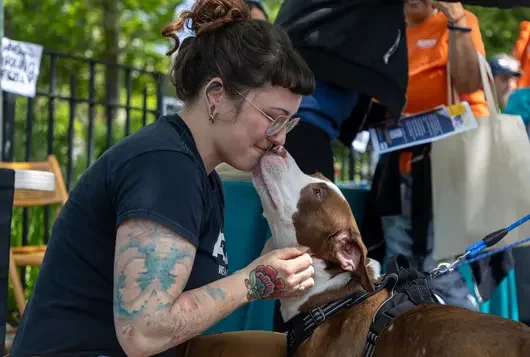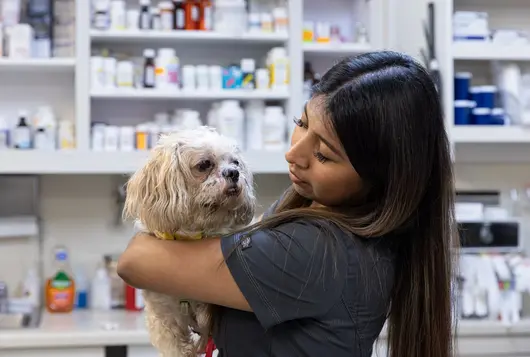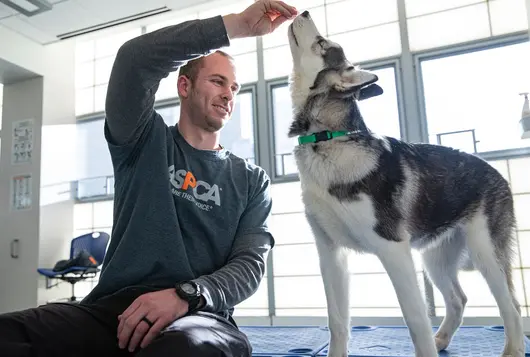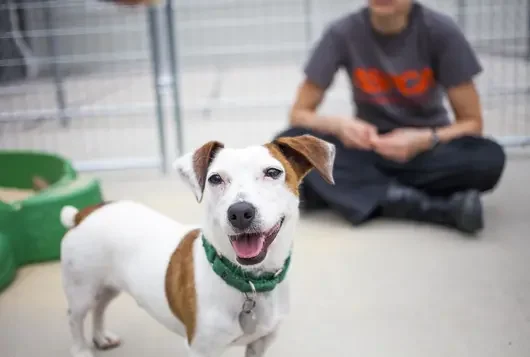Getting Good TV and Radio Coverage
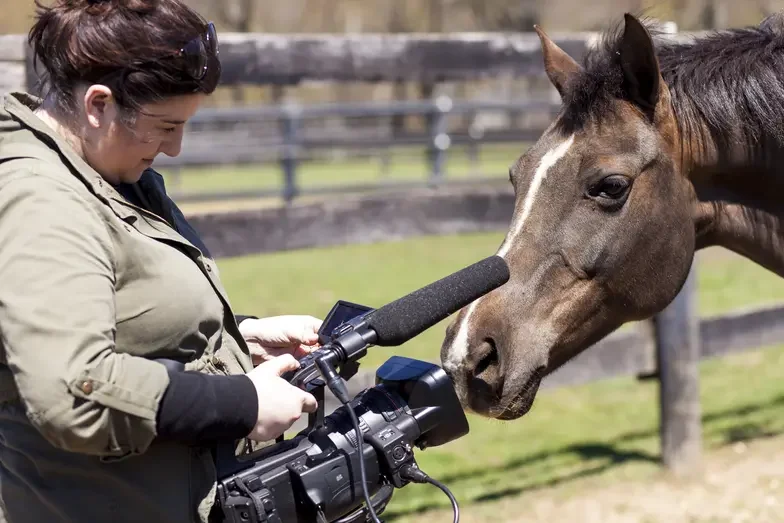
Mastering sound bites and more
Getting on television and the radio is often about building solid relationships with the people who influence what stories are covered lays the groundwork.
Here are a few basics plus specific tips for working with broadcast media.
The Basics
Formats and Demographics
Who's Who at the Station
Sight, Sound, and Sound Bites
Public Service Announcements (PSAs)
The Basics
- Do your homework to identify the local media and the audience they target in your community. Don't forget about public-access cable TV stations and college radio stations when you compile your list.
- Identify key contacts and build relationships with these individuals.
- Establish your agency as the go-to source for animal-related issues affecting your community.
Formats and Demographics
To get a story featured on TV or radio, first get to know the format and audience demographics of the stations in your community.
- Format refers to the kind of programming station offers, such as top 40, country, or news radio.
- Audience demographics are the characteristics of the people a station has (or wants to have) as its primary listeners/viewers.
In particular, study which on-air personalities tend to do animal-related stories. This may take time that you probably don't have - but it's a great research project for a remote volunteer or intern.
Who's Who at the Station
Producers are the radio and TV counterparts to newspaper editors. Producers usually have the final word when it comes to scheduling guests and assigning stories. However, suggestions for stories and guests often come from the station reporters. Get to know both producers and reporters.
On-air personalities may read stories provided by other reporters and may also report their own stories. At small stations, especially local public-access cable stations and public radio stations, staff may wear many hats and be involved in all aspects of production.
Radio and television producers, like newspaper editors, frequently need to consult local "experts." Your name should be at the top of their list when it comes to any story related to your mission.
Leaving behind a press kit makes it easy for them to contact you.
Sight, Sound and Sound Bites
Television is a visual medium. Before you contact a television producer or on-air personality, think about what visuals you can provide. It's the very first question they'll ask. Animals always seem to be welcome.
Radio is not a visual medium. You have to be able to tell your story there with no pictures, cute animals, or other props.
Before a TV or radio reporter comes on site for a story, think about how your facility looks and sounds:
- Could barking echoing off the walls make your facility sound chaotic if heard in the background of an interview?
- Even if reporters want to pick up the ambient sounds, have a quieter location ready for the actual interview.
- Try to schedule on-site interviews right after cleaning, and think about the background that will be visible.
TV and radio usually work in sound bites. If you're invited to the studio for an interview, it's not at all unusual to wait through an hour-long broadcast and have two minutes - or even less - to tell your story. If you are asked to comment on a story as an "animal expert," a mere sentence or two of your comment is likely to end up in the broadcast.
- Be ready to focus on the most important message you want to get out at that particular time.
- Practice keeping it short and sweet so that your quotes are easy to use on-air.
Public Service Announcements (PSAs)
One surefire way to get on TV and radio is by sending public service announcements. Both television and radio stations are required by FCC regulations to run these short promotional messages without charge. You can usually find out the proper format for a particular radio or TV station by consulting their website.
However, be aware that:
- You have virtually no control over when a station airs your PSA. Generally, stations prefer to run PSAs at times that are not popular slots for paid advertising, such as early weekend mornings. Stations may also require several weeks of lead time between receiving and airing your PSA.
- Both the FCC and the stations have very specific requirements about the length, format, and especially the content of PSAs. For example:
- If you write a PSA for a special event, you cannot mention ticket prices, but you can mention that tickets are available.
- If your event is free, you cannot use the word free, but you can say something like "the public is welcome."
We have lots more on this subject:

